Home exercises for flat feet
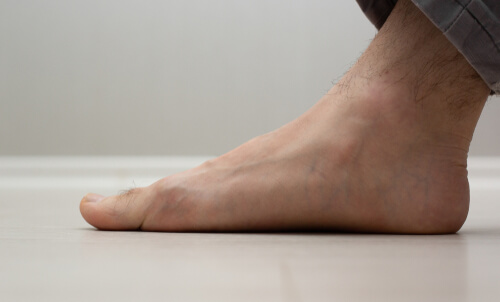
In every foot, there is a medial and lateral longitudinal arch, made by wedge shape tarsal bones and strong intrinsic ligament of the foot (static support of the arch) and by muscular support from Tibialis anterior and posterior, fibularis longus, flexor digitorum longus, flexor hallucis, and the intrinsic foot muscles(dynamin support of the arch).
The Tibialis anterior and posterior muscles play an important role in raising the medial border of the arch whereas Flexor hallucis longus acts as a bowstring. In flat feet, there is a decrease in the medial longitudinal arch of the foot with weight bearing.
- A flat foot is a common symptom in both children and adults.
- Most of the time these flat feet are physiological and do not need any treatment.
- Flat feet can be familial (associated with generalized ligamentous laxity) or sporadic cases.
- It can be asymptomatic or may cause arch pain or pretibial (leg) pain.
- The flat foot is divided into the flexible flat foot (restoring medial arch when standing on toes) or rigid (can’t restore medial arch when standing on toes).
Flexible flat foot's first line of treatment is physiotherapy to strengthen leg and foot muscles and stretch calf muscles. These exercises can be done at home like:
Heel stretches
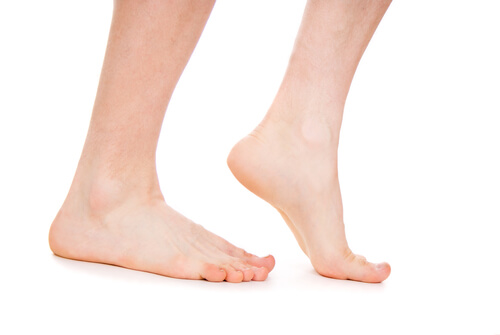
- Stand against a chair or wall.
- Keep one leg forward and the other leg extended behind you.
- Keep your heels firmly on the floor
- Bend your front leg for 30 seconds
- Feeling a stretch in your back leg and Achilles tendon.
- Hold this position for 20 seconds and repeated 10 times
Calf raises
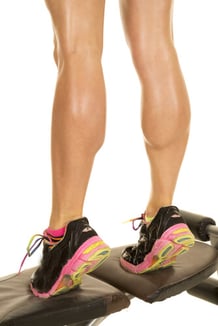
- Hold in up position for 10 seconds.
- Do this exercise 30 times and repeat it in 3 sets.
Ball rolls
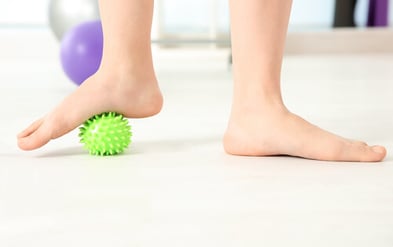
Use a small tennis ball and roll it under the foot while sitting. Do it for 3 minutes.
Toe raises
- While standing, press your right big toe into the floor and lift up your other four toes.
- Then press your four toes into the floor and lift up your big toe.
- Maintain the position for 5 seconds and repeat it 10 times.
Topic: pediatric orthopedic Foot




.jpg)
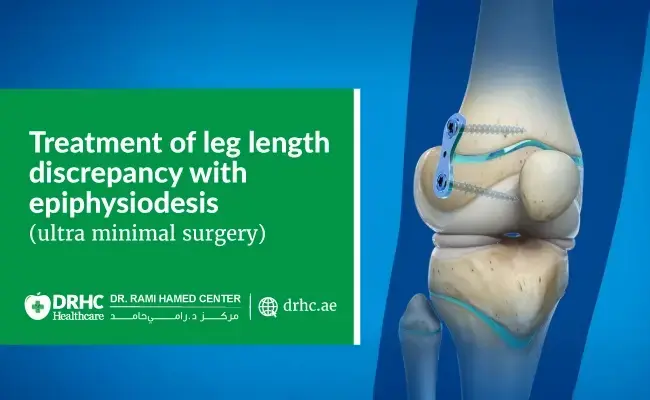
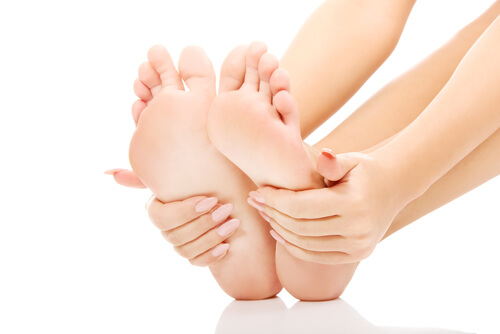

Leave a comment